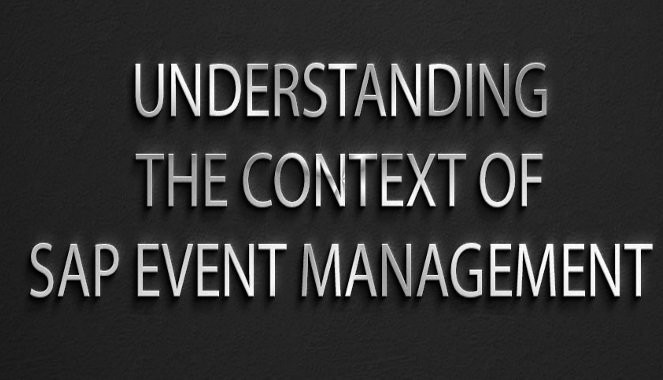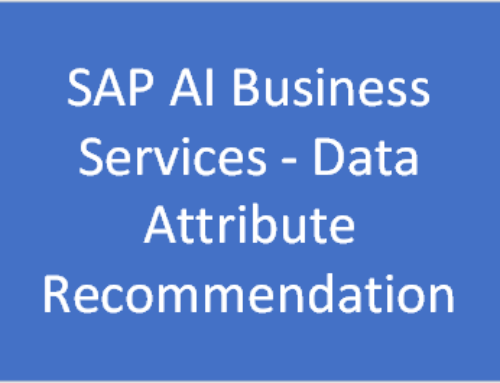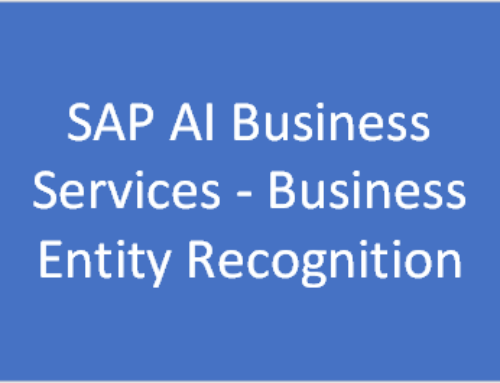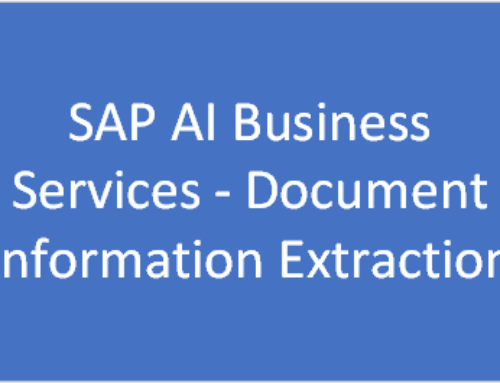Let’s start with an introduction to give some background. When meeting with key stakeholders or architects to discuss suggestions and solutions, we always tend to give facts and figures prior to delivering a SAP Event Management solution to clients. We always evaluate the solution to determine overall issues first, instead of trying to identify small process gaps or areas for optimization in the existing process. However, when we have a closer look at the small process issues and optimization potential, fixing the small process issues leads to a larger positive impact on the overall performance of supply chain management.
Let me give you an example of one scenario and allow you to visualize it to realize the positive differences you can make within your client business processes.
Routes Optimization
Take the example of single truck and route efficiency. Some routes might only be 100 miles long, but take more than 6 hours to reach the destination port. However, another truck might 150 miles and only take 2.5 hours to reach the destination port. Why do some trucks take more than 6 hours to travel a 100 miles journey? The route mapping from the warehouse to the destination reports that more hours are required for particular routes of just 100 miles and yet some of these routes take the trucks even more hours at certain seasonal times, or during times of traffic congestion.
The context of this example is to show that dynamic route calculation will help us to calculate the best route depending on traffic and weather conditions. The tracking of performance on a single truck or single route and then processed for efficiency can result in a positive impact on the supply chain management overall process.
When you ask this question to the trucking associations, you may get an answer that the 100 miles route contains many hills and perhaps three mountain terrains that must be crossed before the destination port can be reached. However, another route might have a smooth road and no significant obstacles, which results in a lower travel time even if the distance is 150 miles. Integrating this dynamic route calculation and understanding the seasonal changes for one particular event, perhaps seems challenging. But we always look at the big picture when designing a solution in supply chain management. Imagine that a client is shipping 50 containers in a particular vessel to meet the customer’s delivery. In this instance, shipping the product via different routes to reach the departure port would be quite a challenge. If some trucks arrived late at the port then the shipping vessel cannot wait for the missing containers. In this case the ideal situation would be that the container is left at the port and those containers are rescheduled to be loaded onto the next shipping vessel. The end result is that the customer requested delivery date could not be met, which then leads to additional costs for storage at the port, demurrage charges etc.
If most of the containers end up being left at port then how would this impact the port itself? The port would not be expecting so many additional containers, which then affects the overall port operation due to the delayed delivery of the containers in the first place. The ports have stringent rules that they cannot hold containers for more than two or three days before the departure of vessel. If the container is a “reefer” (refrigerated storage) then the cost might be double or triple to store the products securely, due to the additional requirements of electricity, air conditioning, mechanics, electricians to check regular temperatures and so on. These uncoordinated multitier supply chain processes and lack of supply chain process visibility results in problems that can be addressed by SAP Event Management. Dynamic route calculation can easily be addressed in SAP Business Rules Framework Plus, and any unexpected events can be reported in SAP Event Management that would then create an alert in SAP Universal Worklist and/or creation of a task in SAP Customer Relationship Management. This could then be combined with additional alerts being sent to the relevant team via SAP Event Management when for example the reefer container temperatures go down below thresholds etc.
GEO-Map Integration
4PL and 3PL transportation companies are heading towards overall implementation of satellite Geo-Map integration for vehicle tracking and real time traffic updates to truck drivers. Eliminating waste and overage in the transportation process can save trillions of units of fuel across the globe. However, these may appear as small process optimizations and not necessarily seen as a big impact to the overall process. Disorganized or unreported events lead to high transportation costs. We may see the worst traffic in big cities all over the world, even though the trucks drive routes that are reported as having low traffic, or perhaps they drive during off-peak hours. However most of the time the trucks are stuck in traffic and this then causes delays to transportation of goods to the destination. Unpredictable delays and costs of time spent in traffic accounts for 40 to 70 hours per year per driver and it would cost around $500 to $700 per year in lost time and wasted fuel. According to the Texas Transportation Institute, 2.88 billion gallons of fuel were wasted in 2012 in the US and the equivalent billions of dollars of wasted money in fuel could purchase one of the Fortune Top 100 companies every year!
SAP Event Management and SAP Visual Business GEO-Map Integration
SAP Visual Business Geo Integration with SAP Event Management brings a new milestone to the end-to-end shipment process. The integration makes it possible to track reported events (including the location of all stops made along a route), displayed visually on a geographical map, get the latest update of the shipment route, locate the container, or view the end-to-end route of the overall shipment.
In today’s world, the modern advancements in technology bring best practices and real-time visibility to supply chain management. The small process optimizations might seem very simple but actually have a great advantage and will return a larger positive impact in the long run.
Draw on existing knowledge and experience when arriving at a solution for clients and be prepared to think facts and figures to see what real differences we can make to their processes that will ultimately save them both time and money.






Leave A Comment